By Tracy L. Barnett and Hernan Vilchez
Tata Erasmo Gartesullo, a traditional healer from the Qhara Qhara community of Poroma in the foothills of the Bolivian Andes north of Sucre, knows his medicine like he knows his own family. In fact it was his father, the amauta or wise man of the community, who taught him everything he knew about healing – the spiritual aspects, as well as the medicinal ones.
So when he heard the news of the strange new virus that was making its way around the world, one thing was very clear to him. Similar to what the Kallawaya did more than 600 miles away, they would have to go to their sacred mountain and make friends with this entity.

This story is a part of “Cosmology and Pandemic: Indigenous Responses to the Current Civilizational Crisis — Episode 2, Legacy of the Andes,” produced by The Esperanza Project with support from the Pulitzer Center on Crisis Reporting and The One Foundation. Watch the accompanying film, read related stories, download the PDF and explore the entire transmedia series here.
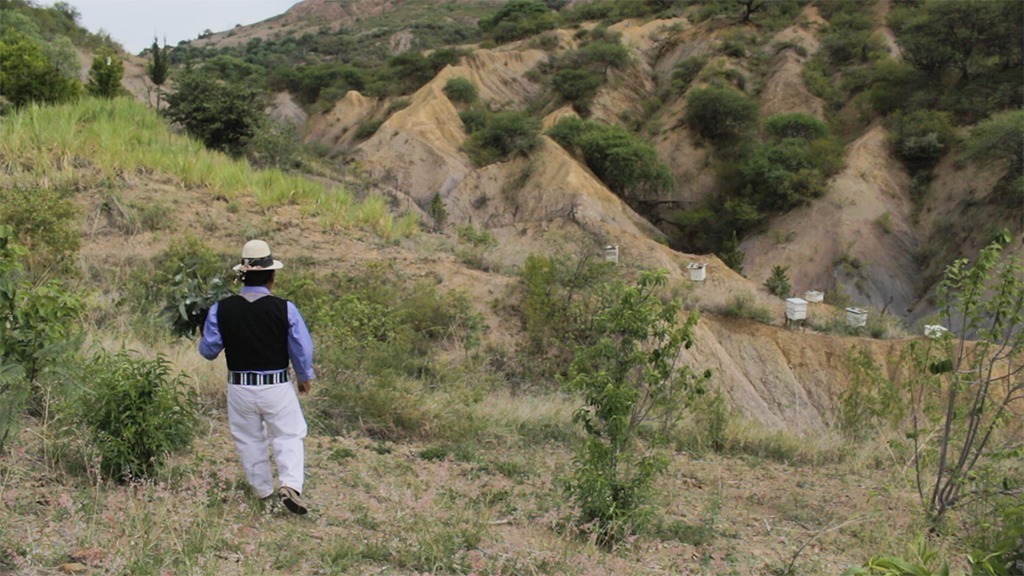
Tata Erasmo recalled the cholera epidemic that had killed 20 of his neighbors two decades before, despite the best efforts of all their healers. He feared the Coronavirus would be as bad or worse.
So like other traditional peoples throughout the Andes, they gathered the community and headed up their most sacred mountain, Tawayo, the tallest in the region. There at their ceremonial site, on a Sunday morning, they prepared a traditional ritual. In a gentle voice, pausing to recall the details, Tata Erasmo shares the story.
“We did a ritual asking that the virus not come to this place. And if it did come, then we would have to do what we commonly call it, we would have to make compadres, befriend it. And so we gave Pachamama an offering, and one to Tata Inti (ancient Incan sun god), and to Tata Dios also.”
Para leer esta historia en Español ver Los Qhara Qhara: Hacerse amigo del enemigo

They asked for a miracle, so that nothing would happen to them. And they asked for forgiveness.
“It is like that in the countryside; the indigenous peoples always know how to forgive each other.” With the incense, they called out to the virus, asking it to forgive them for their wrongs. “Then they made it smoke, and they waved the white flag. ‘Come in, brother,’ they said.”
And they waited.
Maybe it was a punishment, Tata Erasmo reflected; maybe it was just a man-made virus that had escaped from some laboratory. They also remembered experiences with measles, scarlet fever and other diseases in times not so distant. “Our grandparents also did the same. “They made them pass with the white flag.”
They spent the night on the mountain, the next morning and his father, Amauta Julian Huarte Choque, shared his vision. “He dreamed that nothing is going to happen to us, because we are getting better. And since we would make brotherhood with the pandemic, then it would just pass.”
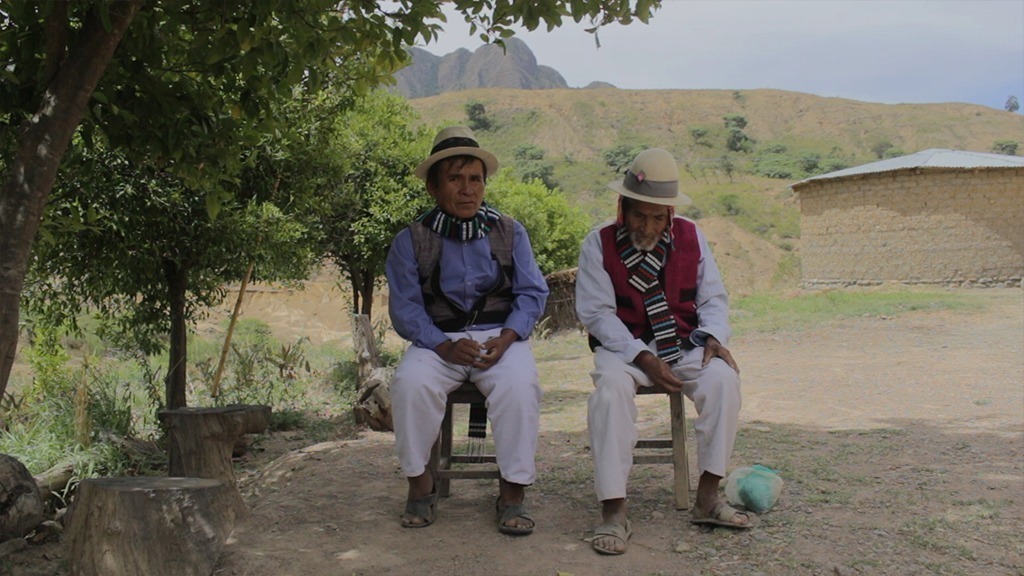
The dream turned out to be prophetic. Many were infected with the virus, but few became gravely ill, and all of those who stayed in the community were healed. Of those who went to receive care in the hospitals of the closest city, Sucre, there were several fatalities — but of those who stayed in the community and treated the illness with traditional medicines, at the time of the interview in November 2020, there is no record of any deaths.
Following up in May of 2023, according to Qhara Qhara activist and law student Felicidad Ibarra, who maintains close contact with all the communities of her people, she knew of one Covid death in the community of Quila Quila to the north, but none in Poroma.
“In the territory of Poroma, Tata Fidel Condori, likewise Tata Erasmo Ugarte, with the teachings of Tata Julián Ugarte, have been able to make the medicine, to prevent and cure specifically the illness of Covid. Despite being an illness that nobody knew, we’ve been able to make products for its treatment,” said Ibarra. “And they have worked; they’ve healed a lot of people, not just the Qhara Qhara nation but also from other territories. It has been hard — that is, the people have gotten sick in large numbers, like a massive contagion, but they’ve all healed. In Poroma, no, as far as we know, nobody has died specifically of this illness.”
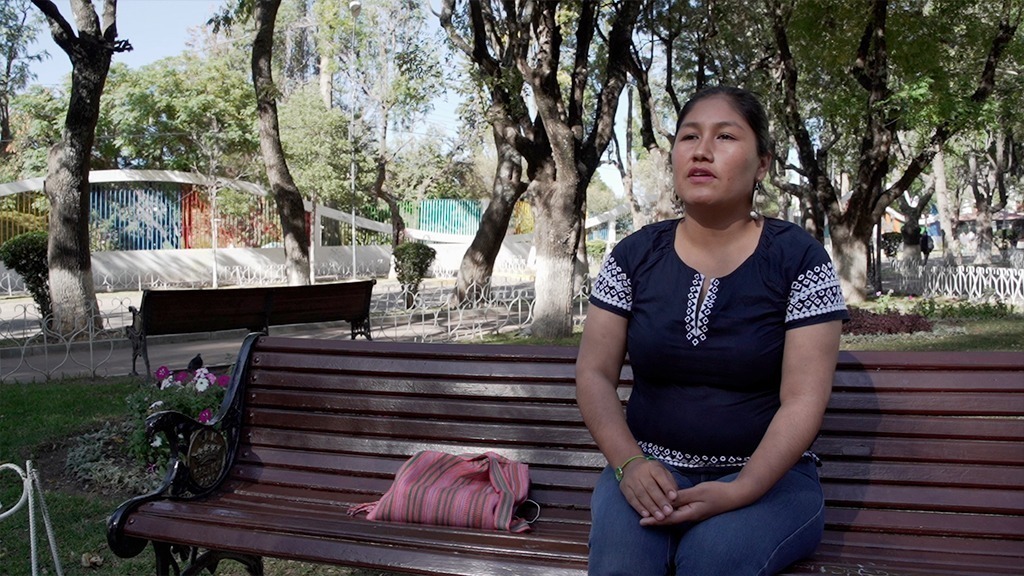
Recognition of a Nation
The Qhara Qhara are a Quechua-speaking people who live in the mountains above the Bolivian city of Sucre. They have been fighting for recognition of their territory since colonial times, and over the years have managed to reconstitute 10 of their territories, which they call Markas or Hatun Ayllus, of which six have been able to procure legal title to their lands.
Four others, including Poroma, continue to fight for their titles, so that they can defend their territories from the encroaching threats from political and economic interests. The legal fight of both markas continues, after a forced pause due to the pandemic.
Troubled times in which the Qhara Qhara Nation shared medicine and solidarity with other indigenous peoples and organizations, such as the National Coalition of Original Indigenous Territories and Protected Areas (CONTIOCAP), from where militants like Ibarra share this active struggle alongside other young leaders, accompanying the legal battles of the native authorities for a decade now. The community has been able to forestall a foreign cement company from breaking ground on a damaging new operation within their territory, and they were able to organize the first round of elections as an autonomous indigenous territory – all a part of a healing process as important as the one against Covid.
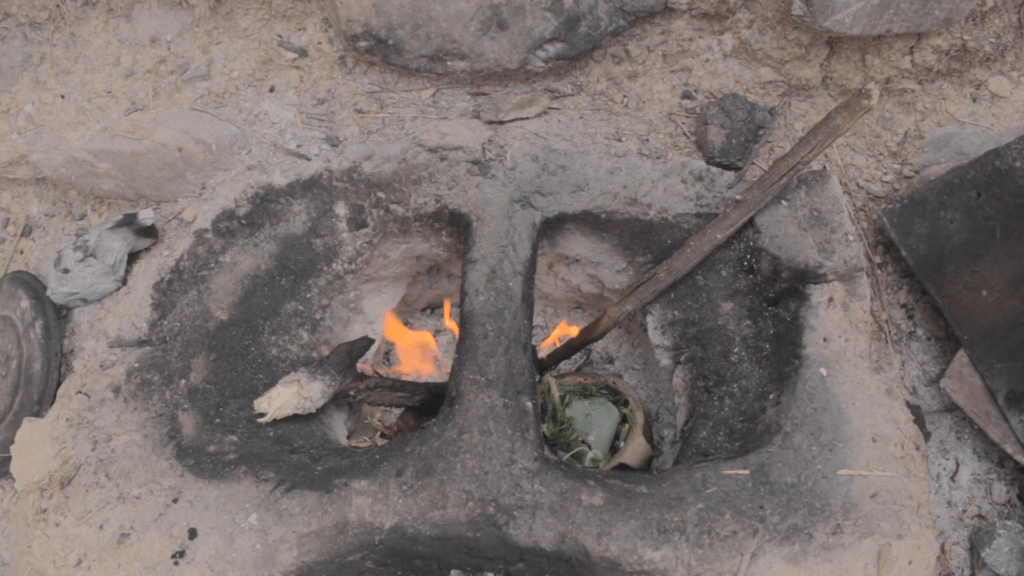
Tata Erasmo: Healing with plants and with bees
Tata Erasmo’s healing arts are based on a profound study of nature, generations of trial and error, and handed down through the centuries, each practitioner adding his or her own special touch. Like the medicines of the Kallawayas, some 800 kilometers to the north, those of the Qhara Qhara involve a blend of plants that boost the immune system and treat the complex of symptoms that typically arise. Handed down through the generations is the perfect blend of spicy herbs and sweet ones.
His medicines, however, include another key ingredient: propolis, which he refers to as “bitter wax,”, which he makes from his own beehives.
“It’s good for any illness,” explained the healer. “Our grandparents taught us this, and we haven’t forgotten.”
As Erasmo pointed out, all medicine comes from nature, in one way or another – even the pharmaceuticals, which are often inspired by natural substances and processes. The advantage of the traditional kind of medicine, he said, is that “what we make is natural and fresh.”
Every day during the pandemic he prepared fresh batches of his syrups and went to deliver them to patients who were experiencing symptoms – leaving them at a distance so as not to become infected himself. In a day or two, he said, they were healed.
He organized meetings and encouraged other families to do the same, sharing ingredients and techniques, so that each family could have their own “botiquín,” or first-aid kit.
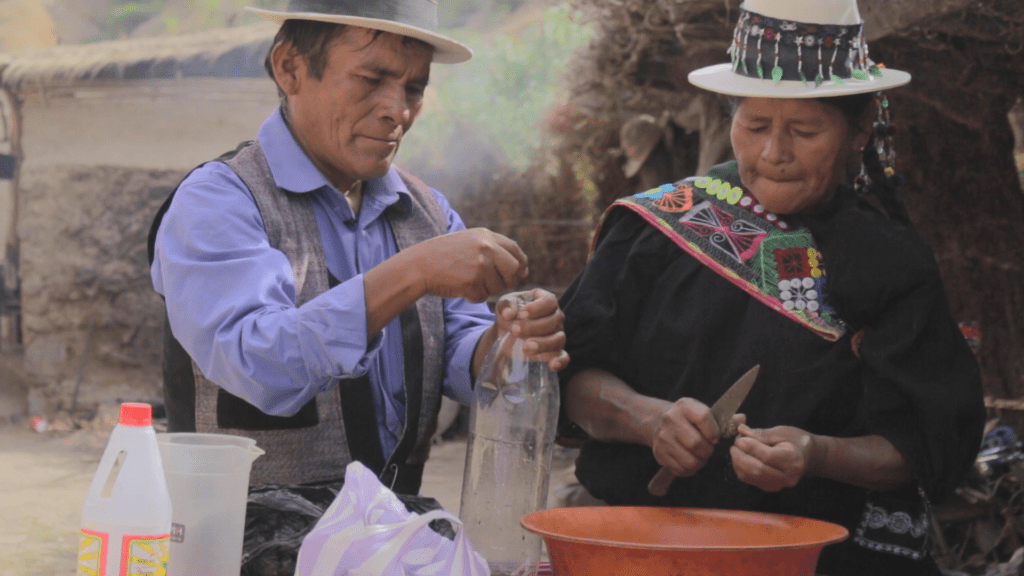
Some of the villagers who went to the hospital in Sucre returned to tell of the treatment in the hospitals, with ventilators and plastic bags over the faces of the patients. Erasmo shuddered to tell of it. “There is no fresh air, like here in the country; they couldn’t breathe pure air. Several of them died.”
Those who died in the hospital were cremated, compounding the grief of their family members. The stories filtered back to the community, and most of the villagers who became ill decided to stay in the community and try to heal at home.
“So the people said, if the infection becomes strong, then it’s better to just die in our homes. But thank God there is not one person dead here in our cemetery (due to Covid). With natural medicines we have saved everyone,” said Erasmo.
Erasmo’s wife and assistant, Rosita Guerra Albornoz, confirmed her husband’s assessment.
“We didn’t do anything other than take the medicines. Also we prayed, but we didn’t go to the hospital,” she said. “Because according to the rumors, it just gets worse in the hospital, and then you could die. That’s what they say.”
“They say that the national and local government prefers scientific medicine,” she continued. “But while we value our natural medicine, in this case it would be both things that you value, no? So with both, we can fight the illness.”
For Erasmo, the reasons for the pandemic are unclear, but he doesn’t doubt its spread and severity has to do with humanity’s maltreatment of the Pachamama. He pointed to the levels of contamination being spewed from the factories and mines and vehicles throughout the cities all over the planet. And for Rosita, there’s another sad fact to be taken into account.
“Humanity has already surpassed its limits in this world,” she reflects. “So maybe that’s why, no? Among the many people here, we have already filled the planet.”

The long struggle of the Qhara Qhara
Like most Indigenous groups in Bolivia, the Qhara Qhara were forced into servitude under the hacienda system under Spanish colonial rule. Until 1952, around 90 percent of Bolivia’s land was held by just 6 percent of the population in vast haciendas of 1,000 to 10,000 hectares.
Tata Erasmo’s father, Amauta Julián, is in his 80s now, and remembers as a child the violence suffered under the bosses, or landowners. At the age of eight or 10 he escaped and became what was known then as a caminante, a walker, going from community to community trying to organize indigenous communities to rise up against the landowners and free themselves.
The revolution in 1952 and subsequent land reform in 1953 ended the servitude system and gave land to the peasants and indigenous inhabitants. But justice was elusive for the Indigenous people of Bolivia, who continued to fight for their rights. As a young man Amauta Julián continued to form a part of the indigenous resistance seeking land for his people. It was an unimaginably difficult life.
“In my life I have suffered a lot, you know? The caminantes were killed, burned, shot… only for being in search of justice and wanting to rescue their territories,” he said. “On several occasions I have been tortured, but I have not died… the Lord Jesus Christ has always suffered, right? He was crucified, he was hanged. Everything. The same has happened to me, but I am still here. That says it.”
As a young man in those early years after the revolution he recalls horrors such as seeing an indigenous leader tied to the back of a horse and dragged two kilometers to his death; and another, forced to dig his own grave, line it with thorns and then be buried alive. He himself was electrocuted, hanged and beaten, but he always survived.
The violence abated eventually and the Qhara Qhara people were able to live in their territories in relative peace. But they were never able to consolidate their right to defend their land from invasions from neighboring landowners or the government.
Unlike many Indigenous nations, the Qhara Qhara were able to obtain legal title from the Spanish crown to some of their lands in 1787, after nearly 200 years of legal demands and payments. But neither the Bolivian government nor their neighbors fully recognized their rights. And much of the territory never received title to their lands.
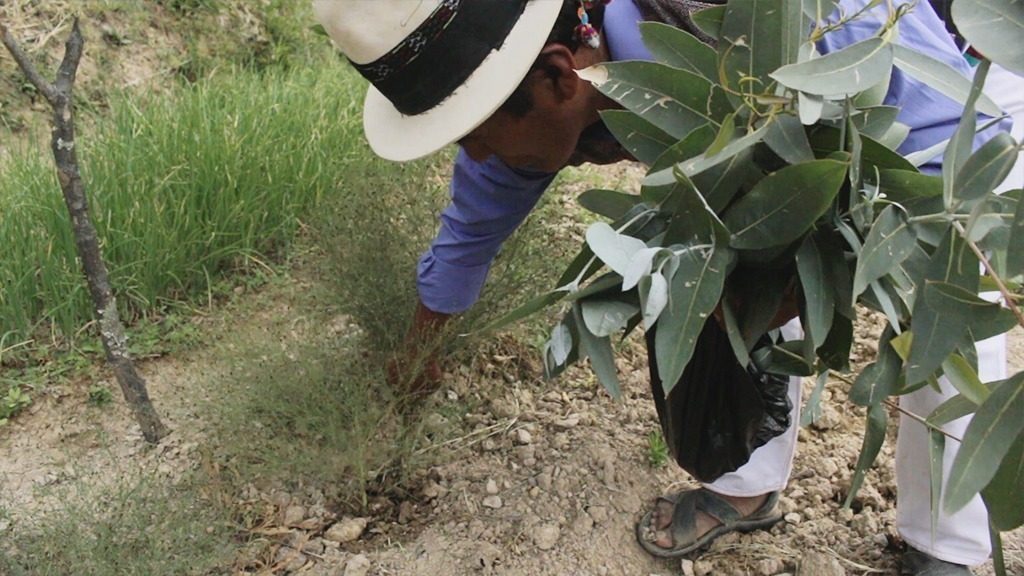
Meanwhile, non-indigenous people began moving in and purchasing and developing lands in the Qhara Qhara territories. In 2006 a nearby marka to the south of Poroma, Quila Quila, began a legal battle for collective title, an important precept to be able to defend their lands from invasion and exploitation, citing the rights enshrined in Convention 169 of the International Labor Organization, the United Nations Declaration on the Rights of Indigenous Peoples and the Political Constitution of the Plurinational State of Bolivia to defend a comprehensive and collective conception of its territory.
Thus began a long and painful road to gain status as an Original Community Territory (Territorio Comunitario de Origen, or TCO), which would allow them to collectively hold the land in the traditional way and thus defend the integrity of their territory. However, to date the territories of Marka Poroma and Quila Quila continue with this struggle.
“Part of this fight before the state, to obtain legal security through an enforceable title, has been quite an odyssey, because very illogically, in order to obtain the titles, the Indigenous People had to present ‘legal personage’ as a requirement, and one of the requirements for obtaining legal status is the ‘ancestral certification,’ and that is granted by the state itself,” explained Ibarra. “In that sense it went totally against Indigenous nature, since the Tata Authorities said, ‘Where has it been seen that it is the son who recognizes and certifies he who is his Father?
“Speaking of Marka Poroma, individual titling has advanced, and collective titling has been reduced,” Ibarra continued. “Yes, there is the territory, but there are already individual titles that have been granted within it, like pimples. So, over time, what this is going to bring is internal social conflicts within each community, because this breaks the collective way of life, the harmonious experience, as there are other people within with another way of life. The Indigenous people apply justice for their people when there are faults in their cultural worldview of common and integral values, and what the outsider settlements project are individual interests, and even mercantilist ones in some cases, far from community principles.”
Likewise, she mentioned, the Qhara Qharas are obliged to defend their territories not only against state institutions, but also against companies that want to enter their territories for the purposes of exploiting the resources that exist within their territories.
“It is incredible, but sadly the first violator of Indigenous rights is the government itself as a state, because the state through the AJAM (Mining Administrative Jurisdictional Authority) is the one in charge of giving land concessions to businessmen, and the state also “It is the one who grants an environmental license, and they enter the indigenous territories without prior consultation.”

The petitions to the government from the different territories of the Qhara Qhara Nation to halt the abuses and restitute their land went unheeded. So in 2019, frustrated with the lack of clear action on their case, the Qhara Qhara burst into the national limelight by leading a 41-day march of more than 400 kilometers to La Paz, joined by other indigenous nations along the way.
“After marching 41 days we are totally firm about making the government hear our request for what is stated in the Constitution,” the maximum authority, or Kuraka, of the Qhara Qhara nation, Mario Chincha, told EFE.
The leader said that what they demand are rights that cannot be “violated or negotiated,” since “all of us who live in this multinational state must respect the Constitution.”
The government dismissed the intervention, accusing the marchers of receiving financing from NGOs to conduct the protest and undermine the government of Evo Morales.
“It has been very hard for us,” said Ibarra. “They questioned some leaders and authorities, and branded us as being paid by the big NGOs, or being from the right or from the extreme right.” It was painfully unfair, said Ibarra, because they never sought to politicize the movement.
“Within the indigenous worldview neither the right nor the left exists,” she explained. “They are ideologies that they bring us from other territories and even other continents so that they can manipulate us and tell us who is good and who is bad, when in reality, within our worldview, everyone is equal.”
Someday others are going to value everything we are doing.
Mama Kuraka Martina Orcko
Qhara Qhara leader
Ibarra maintains that the violator of indigenous rights in this case has been the State. “This institution is not impartial, it is not worthy, it does not enjoy credibility, because it is in favor of whoever is in power, and a single Indigenous in the face of an entire state apparatus is at a disadvantage in making their rights prevail.”
As a contrast, she recalled the elders who participated in the march, “That’s when I understood the great strength of the tatas who went out like that, wearing sandals all the way, with bleeding feet.”
Among them, a couple stood out from Potosí who served as traditional authorities in their community. He was 85 and she was 82.
“And they said, ‘Someday others are going to value everything we are doing, and although many other nations delegitimized us and said no, that’s only the Qhara Qhara that are walking, but there along the way, we have united the nations.’”
”Someday everything we are doing will be valued by others, and although many other nations delegitimize us or only look at us, they are afraid to come and fight alongside us because they have already knelt before the government and since they receive some crumbs, they don’t have the moral courage to accompany us,” said Mama Kuraka Martina Orcko, authority and wife of Tata Mario Chincha. “Those of us who started are few, but when the abuses are more and everywhere we will be a majority, and I hope it is not too late to rescue our territory.”
Ibarra also remembers an intense conversation between the two Kuraj Kuraka (highest authorities) of two nations, Tata Mario Chincha of the Qhara Qhara and Tata Claudio Zenteno of the Suras. Zenteno insisted to his colleague, “In Qhara Qhara, if the Markas and Jatun Ayllus achieve autonomy, the others will come next.”
Along the way they were joined by several other nations, such as Jach’a Suyu Pakajaqi, Lupaka, Chuwi, Jacha Karangas, Tacana, Killakas, Uchupiamonas, Mojeños, and others, as well as the combative CONTIOCAP, along with other resistance and human rights activists from all over the Andean country.
According to Ibarra, the Qhara Qhara have been clear since the beginning that they were seeking legal reforms and territorial rights for all Indigenous peoples, not just their own nation, said Ibarra. And step by step, she said, they are making progress.
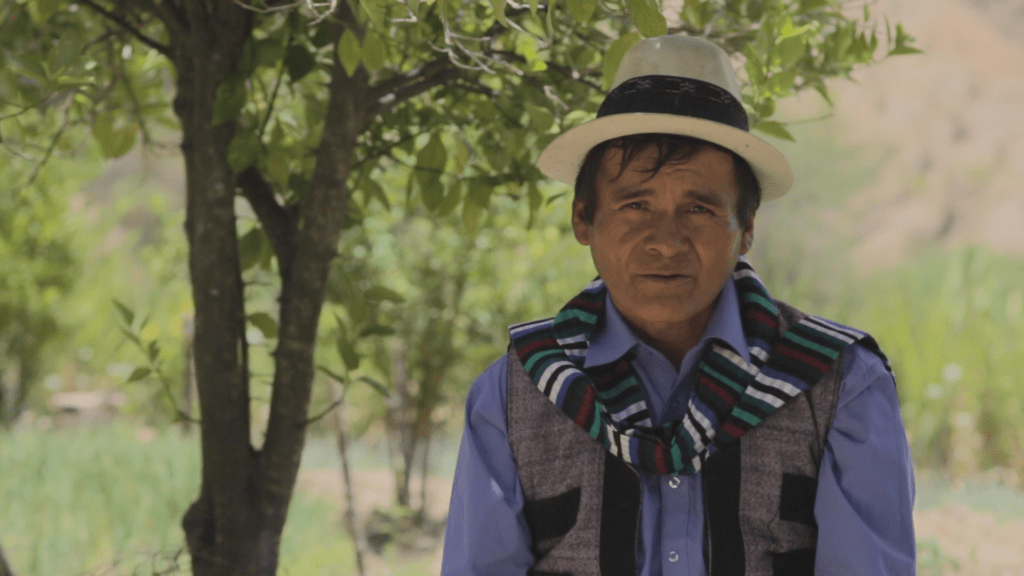
Pandemic and Resistance
In March of 2020, just when the pandemic was making its way to Bolivia, the Qhara Qhara received a breakthrough in their struggle to defend their own territories. The Bolivian Human Rights Commission gave their backing to their long legal fight, sending a recommendation to the government of Jeanine Añez to recognize the Qhara Qharas’ right to own property collectively. But the government that had taken over during the institutional coup against Morales ignored that recommendation and proceeded to process individual titles to Qhara Qhara lands.
Now, according to Samuel Flores, permanent secretary of the Court of Native Indigenous Peasant Justice and the former leader of Quila Quila, the community is at the point of losing its land.
“The risk now is to be left without territory, and it is a great risk, because by handing over a large part of our lands to third parties, they are going to affect our habitat. This would be attack on our collective rights to land and territory,” Flores told the National Union of Institutions for Social Action Work (UNITAS) in December 2021.
As of May 2023, 15 years after the Qhara Qhara Nation formally initiated the lawsuit for final titling, the case is still in progress.
It is incredible, but sadly the first violator of Indigenous rights is the government itself.
Felicidad Ibarra
Qhara Qhara human rights defender
So these have been very hard years for the Qhara Qhara people, but hardship is nothing new to them. And something good has come of the pandemic, said Ibarra. The return to the land reinforced the city-dwellers’ connection to their territory; some cleared long abandoned lands and fixed their houses, and others built new ones, once again planting and tending the seeds that had long been forgotten.
Neighbors began to reacquaint themselves, and families renewed their bonds. Faith in the old medicines and traditions saw a resurgence, as it did in Indigenous communities throughout the continent.
But there was something else, as well, in these times that tried the soul, said the young lawyer in training.
“We are living in very, very hard times… but the pandemic has shown us that all nations and indigenous peoples in general have to learn to value ourselves and to value others.
“This has made us realize who our allies are, among whom we can unite ties of friendship as nations,” she continued. “How can we advance, what are our strengths, what are our weaknesses? Because sometimes there is an enemy, and he is strong, but he is someone who comes from the same territory, not from outside. So all of this has made us see this entire period of the pandemic as a source of great knowledge.
“Like other lessons learned from the time of the pandemic, it is clear that there is a crisis in humanity,” concluded Ibarra. “There is an exploitation of Man by Man himself, there is no respect for other living beings. It is a harsh reality, where the rights of some people outweigh the rights of others.”
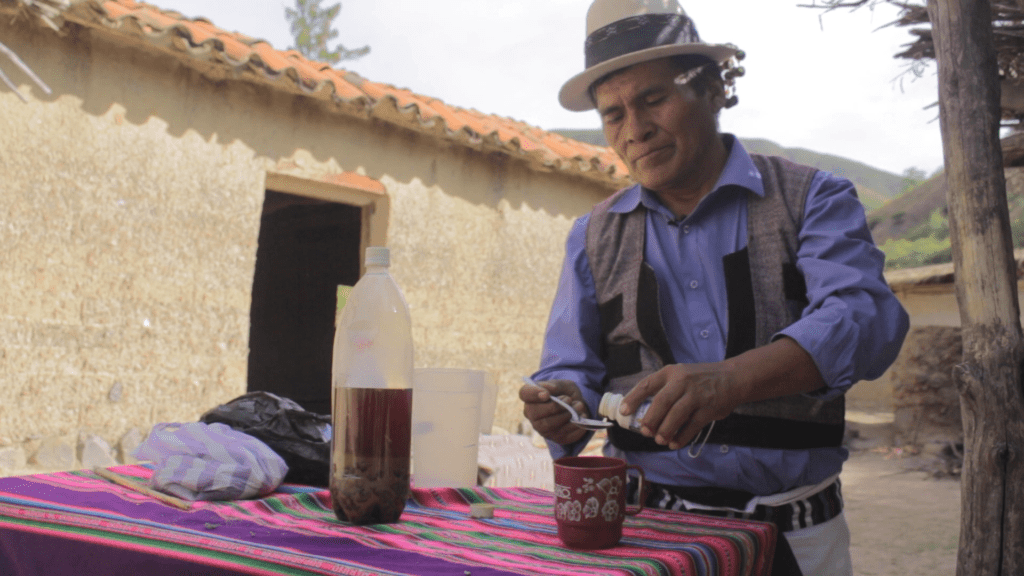
Previous page Next page